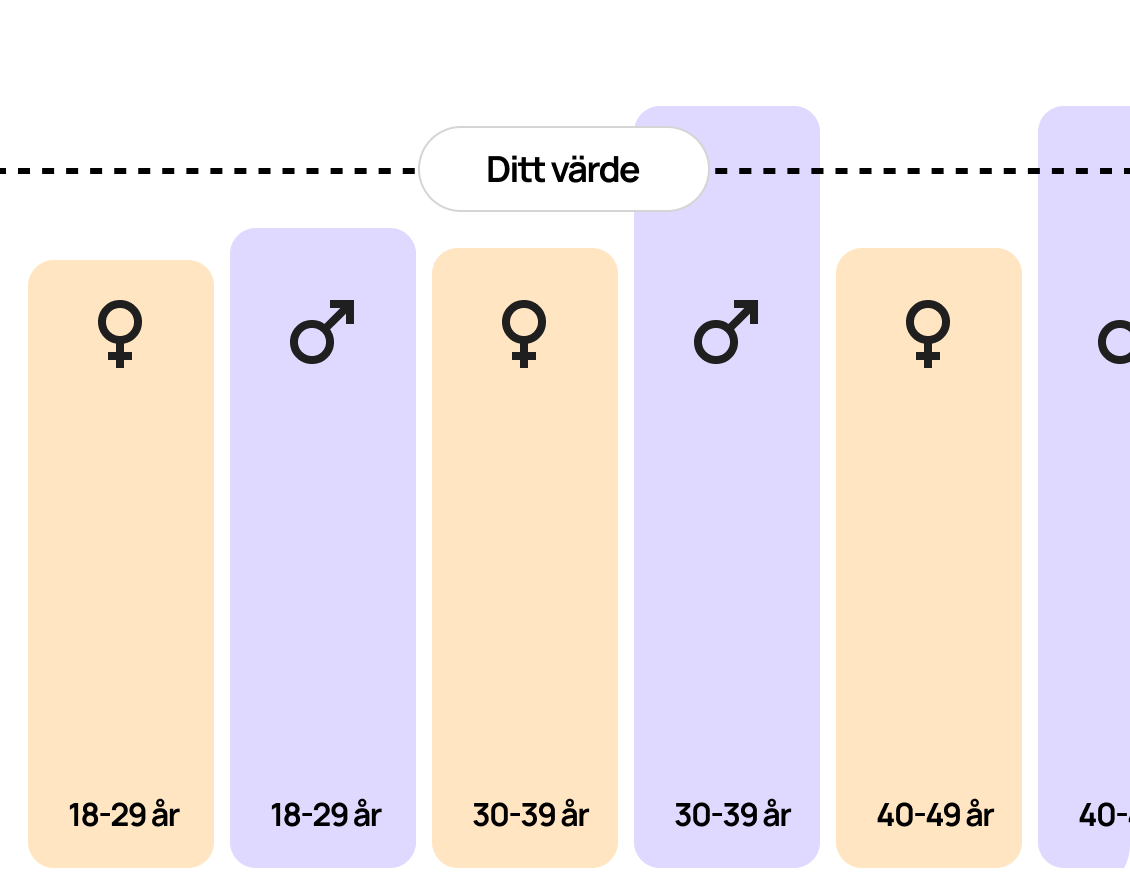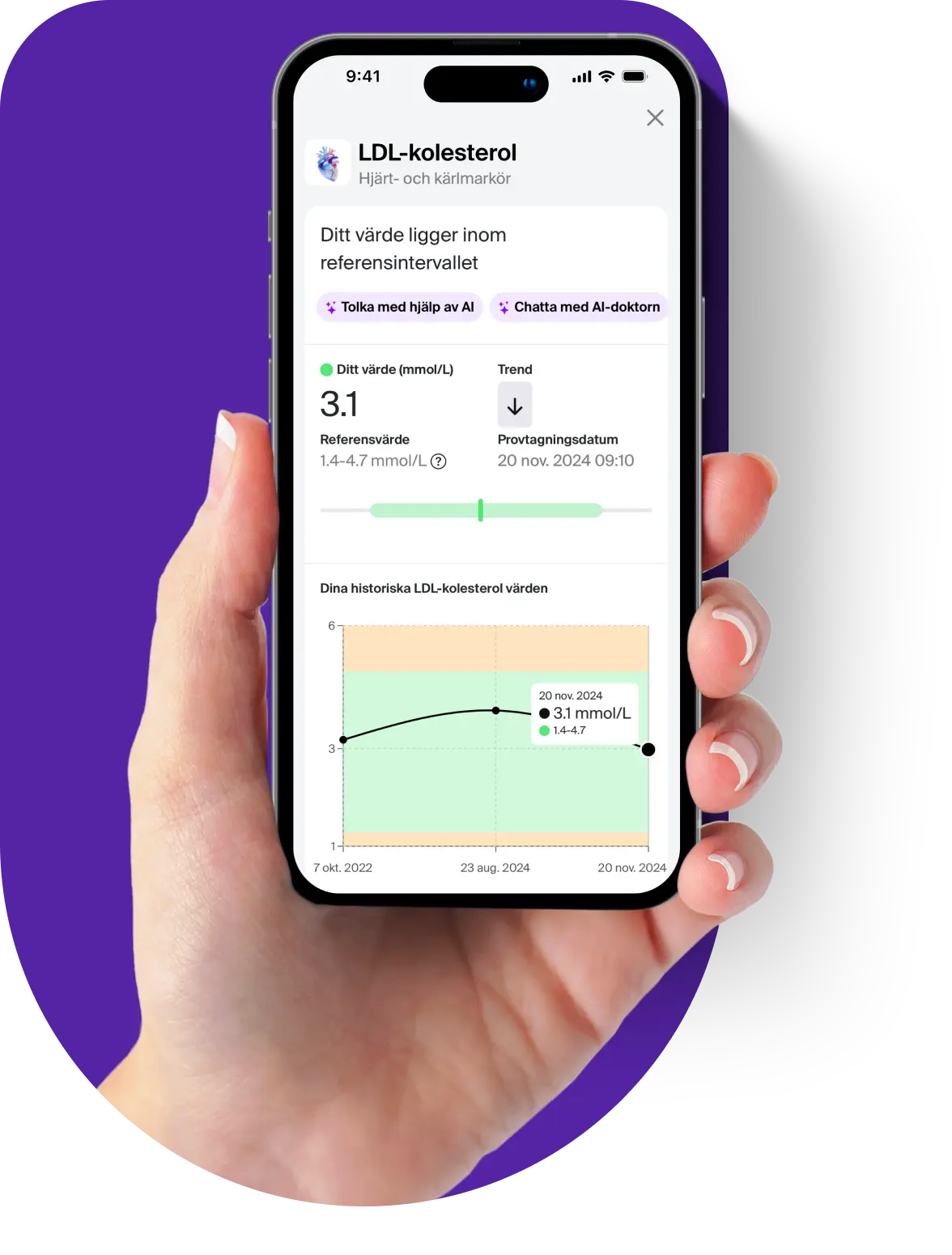Allergy test for wheat
Allergy to wheat is a common food allergy or food allergy that can cause unpleasant symptoms for those who are allergic. This test is recommended for those who want to find out if you are allergic to wheat and should not be confused with a test for gluten intolerance (celiac disease). The allergy test is based on a blood test that measures the number of IgE antibodies against wheat protein. Wheat allergy involves an allergic reaction to proteins found in wheat, while gluten intolerance is an autoimmune disease in which the body reacts negatively to gluten, which is found in wheat, barley and rye.
Symptoms of wheat allergy
The symptoms of wheat allergy can range from mild to severe and can include skin rash, itching, swelling, upset stomach, difficulty breathing and in some cases anaphylaxis - a potentially life-threatening allergic reaction. Wheat allergy usually affects children and may disappear with age. At the same time, there are cases where the wheat allergy first appeared in adulthood. The symptoms usually come shortly after you have eaten wheat or alternatively got wheat flour into the airways.
Why should I do a wheat allergy test?
It can be of great importance to diagnose and manage wheat allergy. By avoiding wheat and wheat products, people with allergies can avoid unpleasant symptoms and potentially serious reactions.





























